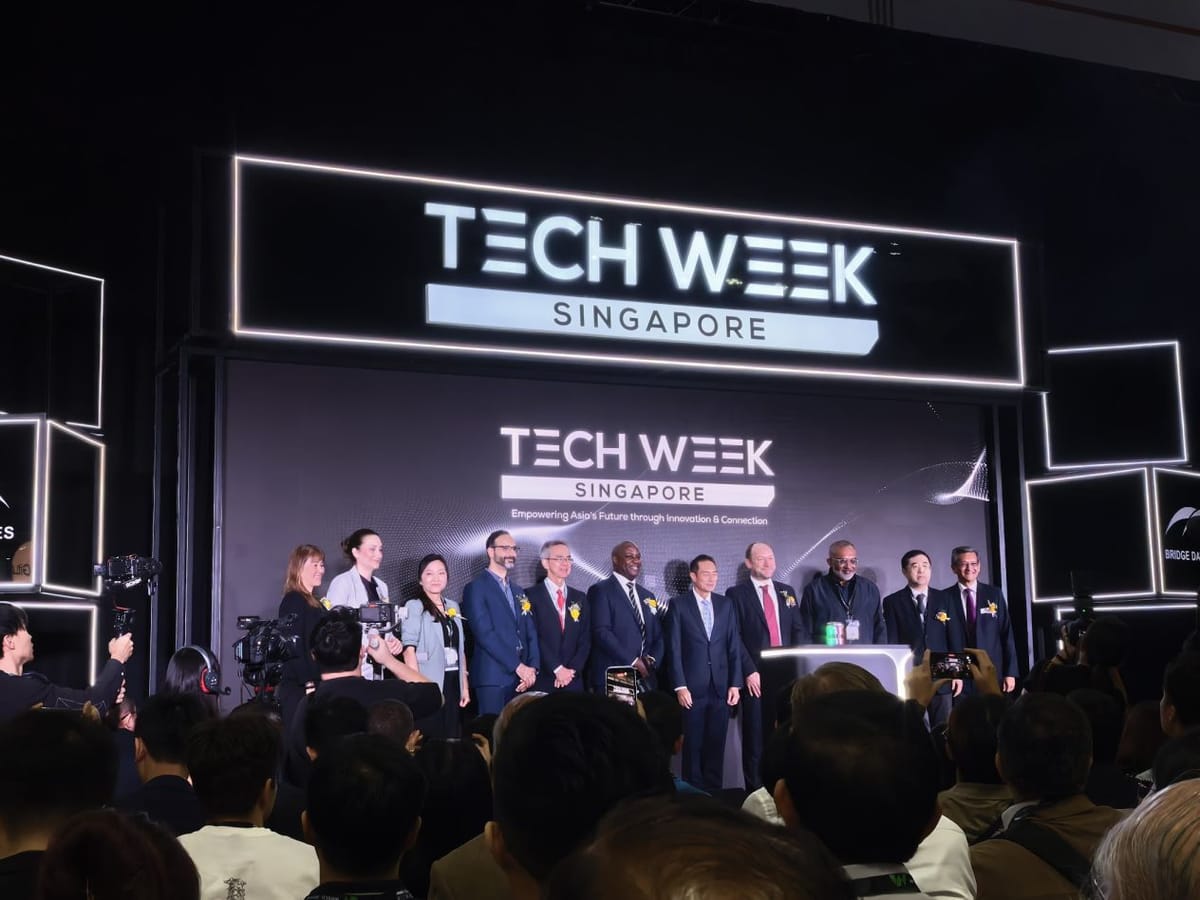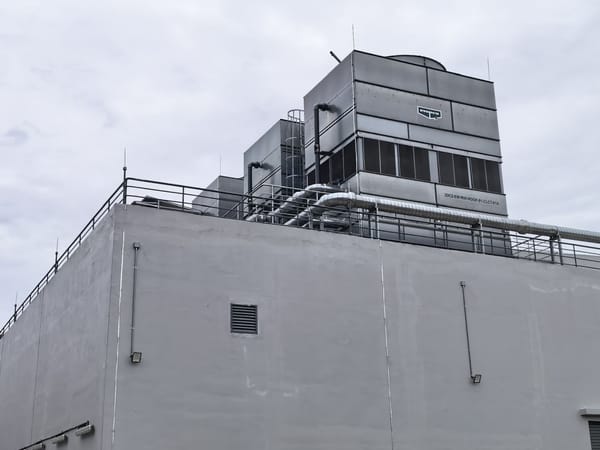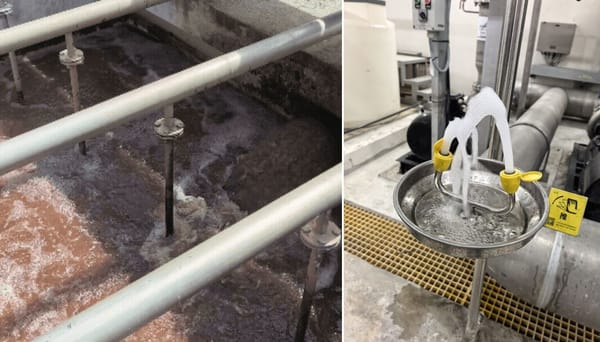Three data centre insights from TechWeek 2025
Industry insights on water quality, cooling technology, and Japan's rise.

TechWeek is a melting pot where overseas and regional visitors congregate, offering a unique opportunity for conversations. Here are three things I learned today.
It's not often I get to speak to so many data centre equipment makers, suppliers, and contractors from such a diverse crowd at once, which I did at Data Centre World Asia, held as part of TechWeek 2025.
Here's some of what I heard on the show floor.
Water isn't just water
One would imagine water to be, well, water. Turns out there's far more nuance to this essential resource than meets the eye.
I've written recently that water quality varies dramatically across the region due to factors such as treatment infrastructure and water source quality. Water source quality bears particular mention, as it's influenced by contamination from sewage, pollution from industrial discharge, and dissolved minerals in groundwater that are geological in nature.
This heavily influences the Cycles of Concentration, which determines how many times water can be recirculated in a data centre before being discharged. In other words, the level of additional water treatment required in data centres varies significantly across countries and even regions. What works in Singapore might not work in Jakarta, and vice versa.
Two-phase liquid cooling could change everything
Could two-phase liquid cooling be the future of data centre design? I recently wrote about two-phase direct-to-chip liquid cooling and how it could enable free cooling in Singapore.
But here's another intriguing possibility: what if the primary cooling loop uses two-phase liquid too? Since inlet temperatures can be very high with this approach, we could potentially build data centres that use very little water. No evaporative cooling towers. No blowdown water requirements.
Of course, one significant concern is PFAS, also known as "forever chemicals," which don't break down naturally and can cause serious health issues. The industry will need to address these environmental and safety considerations before widespread adoption becomes viable.
Japan emerges as the silent giant
You might have seen occasional headlines about new data centre developments in Japan. Turns out there's far more activity happening there than most people realise, judging by how many industry professionals are suddenly eating sashimi and gyoza these days.
That's all I can say for now, but Japan appears to be positioning itself as a major player in the regional data centre landscape.
As usual, thank you to everyone who shared their insights generously during today's conversations. What about you? What new data centre developments have you heard about recently?




